Navigating the digital workspace of today’s enterprises without a solid understanding of your Microsoft 365 Tenant can be akin to sailing a ship without a compass. Think of Microsoft 365 Tenant as the backbone of your company’s cloud infrastructure—it’s not just a part of your tech strategy; it’s the linchpin that holds everything together. Efficient management of your Microsoft 365 Tenant isn’t just a good practice—it’s a necessity for streamlining collaboration and maximizing productivity in any modern organization.
In this blog, we’ll dive deep into why mastering your Microsoft 365 Tenant is crucial and how it can transform your business operations. We’ll uncover strategies that can turbocharge your team’s efficiency and ensure your tenant management is nothing less than top-notch. Buckle up, as we unveil smart tactics and insider tips that every admin should know!
Understanding Microsoft 365 Tenant
For many, the term Microsoft 365 Tenant might evoke images of a complex digital entity shrouded in mystery. But, at its core, it’s the virtual equivalent of leasing office space in the vast skyscraper that is Microsoft’s cloud services. Your Tenant is where all your Microsoft 365 applications, user permissions, and data live—it’s your organization’s exclusive space in the cloud.
What Exactly is a Microsoft 365 Tenant?
A Microsoft 365 Tenant represents your unique instance of Microsoft cloud services. When you sign up for services like Office 365, SharePoint Online, or Teams, Microsoft allocates a specific slice of its cloud environment to your organization. This is your Tenant. It’s exclusive, secure, and customizable to fit the needs and identity of your business.
The Central Hub of Your Digital Workspace
Think of your Microsoft 365 Tenant as mission control. It’s where you manage user access, deploy apps, and ensure data security across your organization. From managing simple tasks like user licenses to overseeing complex data governance policies, your Tenant is crucial for maintaining operational continuity and security.
Why Efficient Management Matters
Efficient Microsoft 365 Tenant management goes beyond mere administrative tasks; it shapes how effectively your organization communicates and collaborates. A well-managed Tenant ensures:
– Seamless Collaboration: Tools and features are fully optimized, allowing for smoother collaboration across departments.
– Enhanced Security: Proper settings and configurations minimize risks and protect sensitive information.
– Compliance and Control: Keep up with industry regulations and maintain controls that govern data and user activities.
Managing your Microsoft 365 Tenant effectively means ensuring that these systems not only function smoothly but also adapt to the evolving needs of your business. It’s about making sure that your digital workspace scales with your growth, without missing a beat.
The power of a well-oiled Microsoft 365 Tenant in unlocking productivity and fostering collaboration cannot be overstated. As we delve deeper, keep in mind that this isn’t just about keeping the lights on; it’s about turning them up bright for everyone to excel in a digitized corporate landscape. So, let’s gear up and optimize your Tenant to harness the full potential of your organizational capabilities.
Key Features of Microsoft 365 Tenant
Unlocking the full potential of your Microsoft 365 Tenant hinges on leveraging its myriad features to streamline operations and boost productivity. With robust tools at your disposal, you’re not just managing a platform—you’re engineering a high-powered work environment. Let’s break down the crucial features that make Microsoft 365 Tenant a powerhouse in the cloud services arena.
Centralized Administration
The Admin Center is your cockpit for navigating the expansive skies of Microsoft 365 services. From this pivotal point, you can control every aspect of your environment:
– User Management: Add, remove, and manage user permissions with a few clicks.
– Billing and Subscriptions: Keep tabs on your subscriptions and manage your billing directly.
– Service Health and Continuity: Monitor service health, manage updates, and ensure your services are always up and running.
Comprehensive Security and Compliance Centers
Security isn’t just a feature; it’s a mandate. Microsoft 365 Tenant provides a fortified environment with built-in security features:
– Threat Management: Guard against malware, ransomware, and other threats.
– Data Governance: Implement policies to manage data lifecycle, retention, and deletion.
– Compliance Management: Tools to help you comply with legal and regulatory standards globally.
Advanced Analytics and Reporting
Data is king, and with Microsoft 365 Tenant, you wield the scepter. Leverage analytics tools to gain insights into:
– Usage Patterns: Understand how your organization utilizes different services and plan improvements.
– System Performance: Get reports on system performance and user activity.
– Security Reports: Receive detailed analysis on security incidents to help sharpen your defensive strategies.
Scalable Collaboration Tools
Microsoft 365 isn’t just about managing backend operations. At its core, it’s designed to enrich collaboration:
– Teams and Groups: Easily set up teams and communication channels, integrating seamlessly with apps like Microsoft Teams.
– SharePoint Online: Build intranet sites and share resources efficiently within your organization.
Each feature in your Microsoft 365 Tenant is like a gear in a finely tuned machine—with proper management, they work in harmony to amplify your organization’s productivity and streamline operations. By utilizing these features effectively, you transform your Tenant from a simple operational tool into a strategic asset that drives growth and innovation.
Best Practices for Microsoft 365 Tenant Management
Managing a Microsoft 365 Tenant isn’t just about keeping the system running—it’s about catapulting your organizational efficiency to new heights. Here are field-tested tactics that can transform your Tenant management from routine to revolutionary.
Stay Proactive with User Training and Support
Your technology is only as powerful as the people who use it. Ensure your team understands how to make the most of Microsoft 365 features:
– Regular Training Sessions: Keep your team up-to-date with the latest tools and features.
– On-demand Support Resources: Create a repository of how-to guides, FAQs, and forums to help users self-serve solutions to common issues.
Automate to Elevate
If you’re still managing tasks manually, you’re not just burning time; you’re burning money:
– Automated User Provisioning: Streamline the onboarding and offboarding process with automated workflows.
– Alerts and Notifications: Set up automated alerts for unusual activities or outages, so you can react before they become issues.
Harness the Power of Integration
Microsoft 365 Tenant doesn’t operate in a vacuum. It’s part of a broader ecosystem:
– Integrate with Other Business Tools: Connect your CRM, ERP, and other business applications to enhance data fluidity and accessibility.
– API Utilization: Leverage Microsoft APIs to customize functionalities that can directly cater to your business needs.
Maintain Rigorous Security and Compliance Standards
In the digital age, security is non-negotiable. Microsoft 365 Tenant brings robust capabilities that you need to fully exploit:
– Regular Security Assessments: Conduct vulnerability assessments and penetration testing to identify security weak spots.
– Data Loss Prevention (DLP) Strategies: Implement DLP policies to protect sensitive information from being accidentally or maliciously shared.
Monitor and Optimize Continuously
The landscape of technology and business is ever-evolving, and so should your Tenant management strategy:
– Performance Metrics: Regularly review performance metrics to identify trends and patterns that can help optimize usage.
– Feedback Loop: Encourage user feedback on tools and usability to make more informed decisions on future upgrades and implementations.
By adopting these best practices for your Microsoft 365 Tenant management, you’re not just performing maintenance; you’re setting the stage for a more resilient, efficient, and innovative organizational ecosystem. Your Microsoft 365 Tenant is the linchpin in your organization’s productivity—optimize it, and you’ll unlock levels of efficiency that you didn’t know were possible.
Common Challenges and Solutions in Microsoft 365 Tenant Management
Even with its impressive array of features, managing a Microsoft 365 Tenant doesn’t come without its pitfalls. But don’t worry, every challenge presents a new opportunity for optimization. Here, we tackle some of the most common issues faced by administrators and provide smart, actionable solutions to keep your Tenant running smoothly.
Navigating Licensing Complexity
Challenge: The variety and complexity of Microsoft 365 licensing can be baffling, often leading to over or under-provisioning.
Solution:
– Regular License Audits: Conduct bi-annual reviews of your licensing needs versus actual usage to adjust as necessary and avoid overspending.
– Tailored User Profiles: Assign licenses based on user roles and requirements, ensuring that everyone has access to the tools they need without waste.
Handling Data Security and Privacy
Challenge: Safeguarding sensitive information within a vast ecosystem like Microsoft 365 can feel like a daunting task.
Solution:
– Multi-Factor Authentication (MFA): Enforce MFA to add an extra layer of security, reducing the risk of unauthorized access.
– Sensitivity Labels: Use Microsoft Information Protection sensitivity labels to classify and protect data based on its importance.
User Adoption and Resistance to Change
Challenge: Changes in technology, especially at the enterprise level, can often meet resistance, leading to poor adoption rates.
Solution:
– Change Champions: Identify and train key influencers within different departments who can advocate for and demonstrate the benefits of new tools and updates.
– Incentivize Adoption: Implement gamification or reward systems to encourage active participation and exploration of new features.
Managing External Sharing and Collaboration
Challenge: With the rise of remote work, managing external access to documents and data can lead to potential security risks.
Solution:
– Strict External Sharing Policies: Define clear policies about what data can be shared externally and with whom.
– Guest Access Reviews: Regularly review and audit external user access permissions to ensure they are still valid and necessary.
Continuous Service Optimization
Challenge: Keeping up with updates, new features, and integrations can be overwhelming but is essential to leverage the Microsoft 365 ecosystem fully.
Solution:
– Stay Informed: Keep abreast of Microsoft’s update channels and community forums. Plan for updates by testing in a sandbox environment before deploying broadly.
– Feedback Mechanisms: Implement regular feedback loops with users to identify pain points and success stories to guide future optimizations.
By proactively addressing these common challenges in Microsoft 365 Tenant management, you can ensure that your organization not only avoids common pitfalls but also excels in this dynamic digital environment. Remember, the goal isn’t just to maintain; it’s to excel and innovate continuously.
Elevate Your Microsoft 365 Tenant to New Heights
Congratulations! You’ve navigated the ins and outs of Microsoft 365 Tenant management—no small feat in today’s fast-paced digital landscape. But mastering your Microsoft 365 Tenant isn’t just about overcoming challenges or ticking off boxes in a management checklist. It’s about setting a gold standard for operational excellence that propels your organization forward.
As we wrap up this comprehensive guide, remember that the strategies and best practices outlined here are just the beginning. The true power of Microsoft 365 Tenant comes from continuous improvement, relentless innovation, and an unyielding commitment to security and efficiency. It’s about leveraging every feature, every tool, and every update to its fullest potential, ensuring that your organizational machinery is running smoothly and powerfully.
Here are your takeaways to keep your Microsoft 365 Tenant optimized:
– Stay Informed and Proactive: Keep up with the latest Microsoft updates and continuously educate your team.
– Adopt and Adapt Best Practices: Regularly refine your strategies based on real-world performance and feedback.
– Security as Priority: Always prioritize securing your data and systems—it’s the bedrock of trust and reliability in your services.
– User-Centric Approach: Design your management practices around the user experience to boost adoption and satisfaction.
The road ahead may have its share of bumps, but with a robust Microsoft 365 Tenant and a savvy management approach, you’re not just prepared; you’re two steps ahead. Whether you’re streamlining collaboration, securing data, or driving efficiency, remember that your efforts today are crafting the digital landscape of tomorrow.
So don’t just manage your Microsoft 365 Tenant—master it, mold it, and make it the cornerstone of your digital transformation journey. Let’s not just reach new heights; let’s define them.



